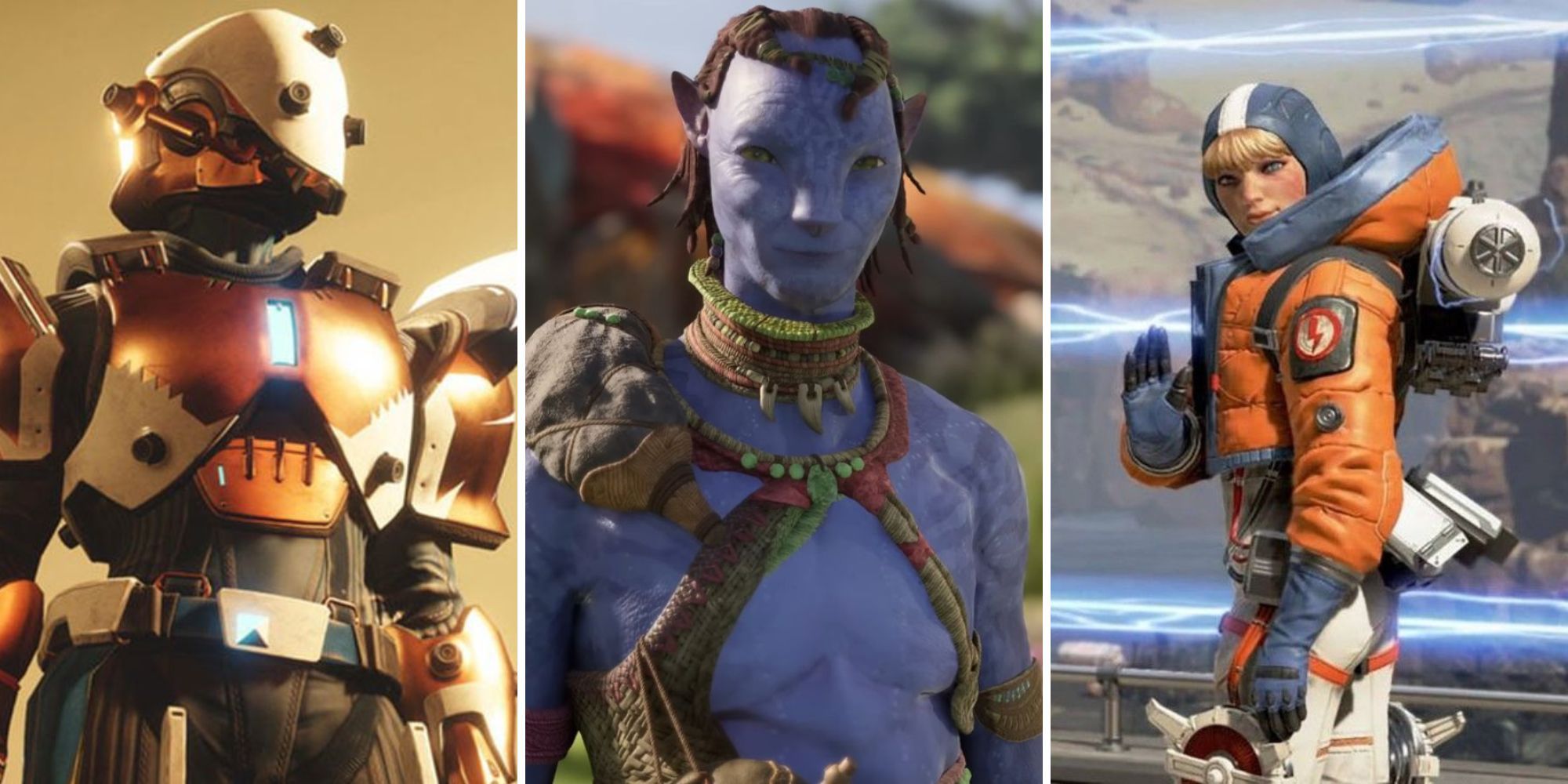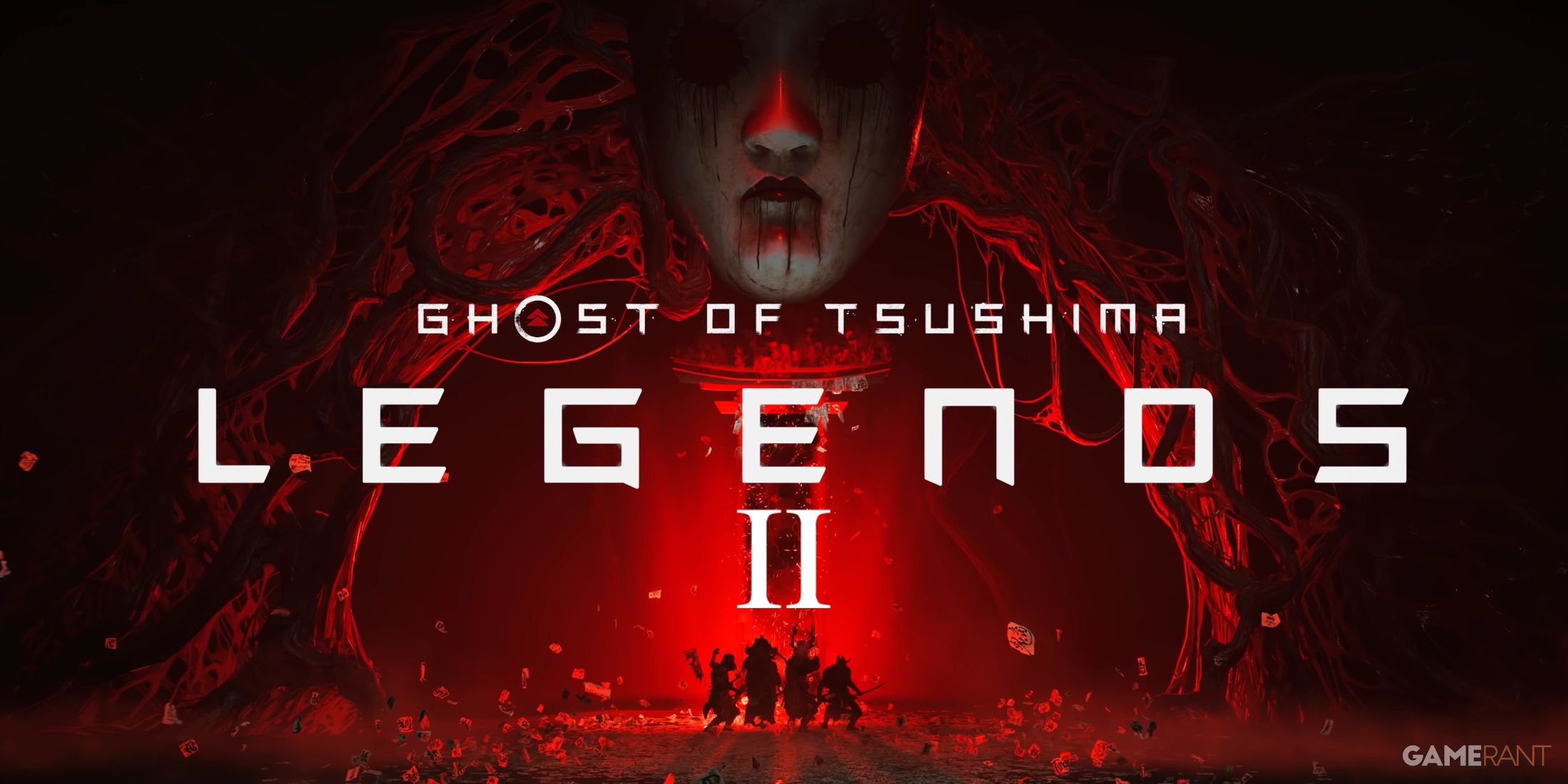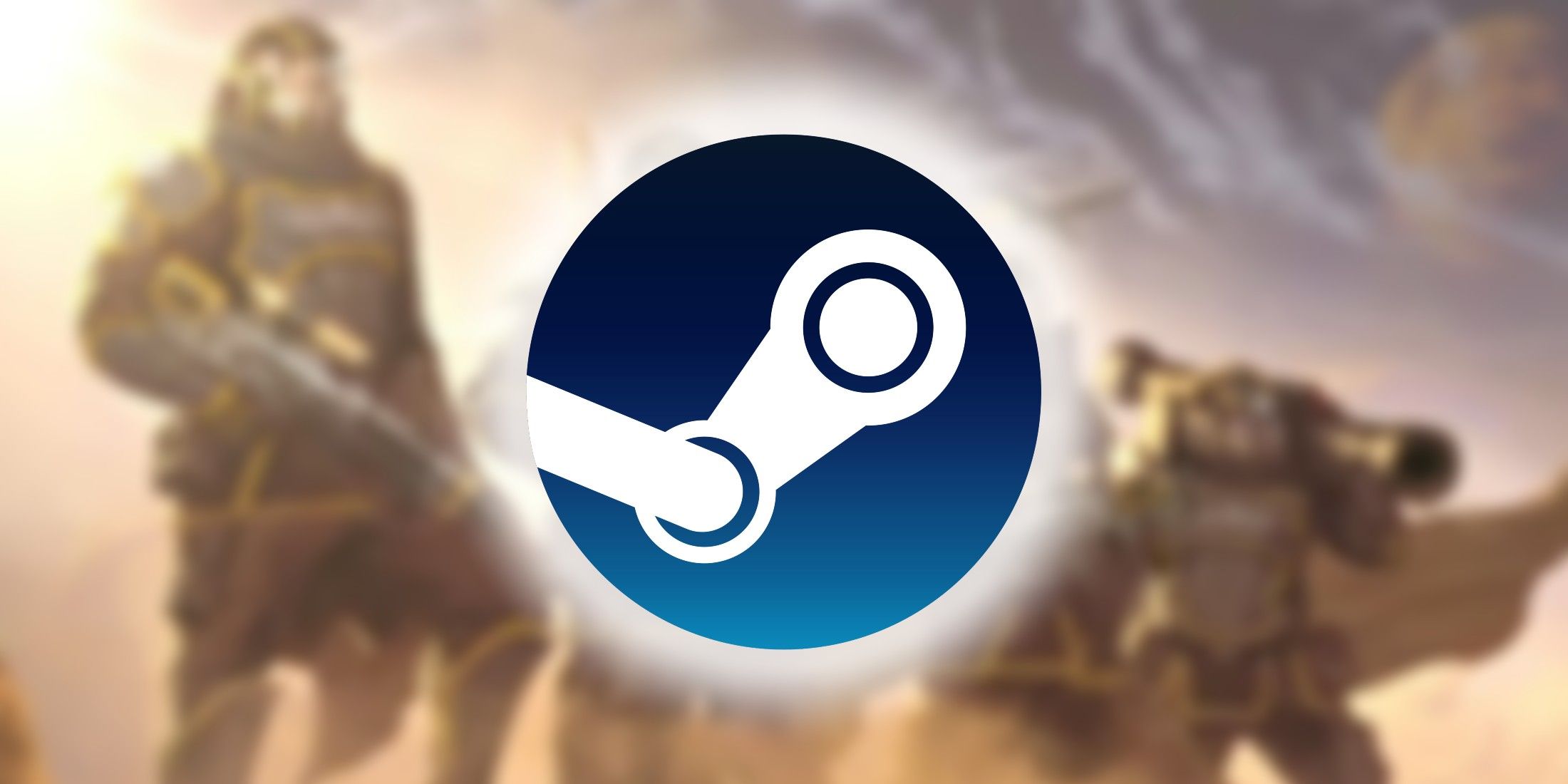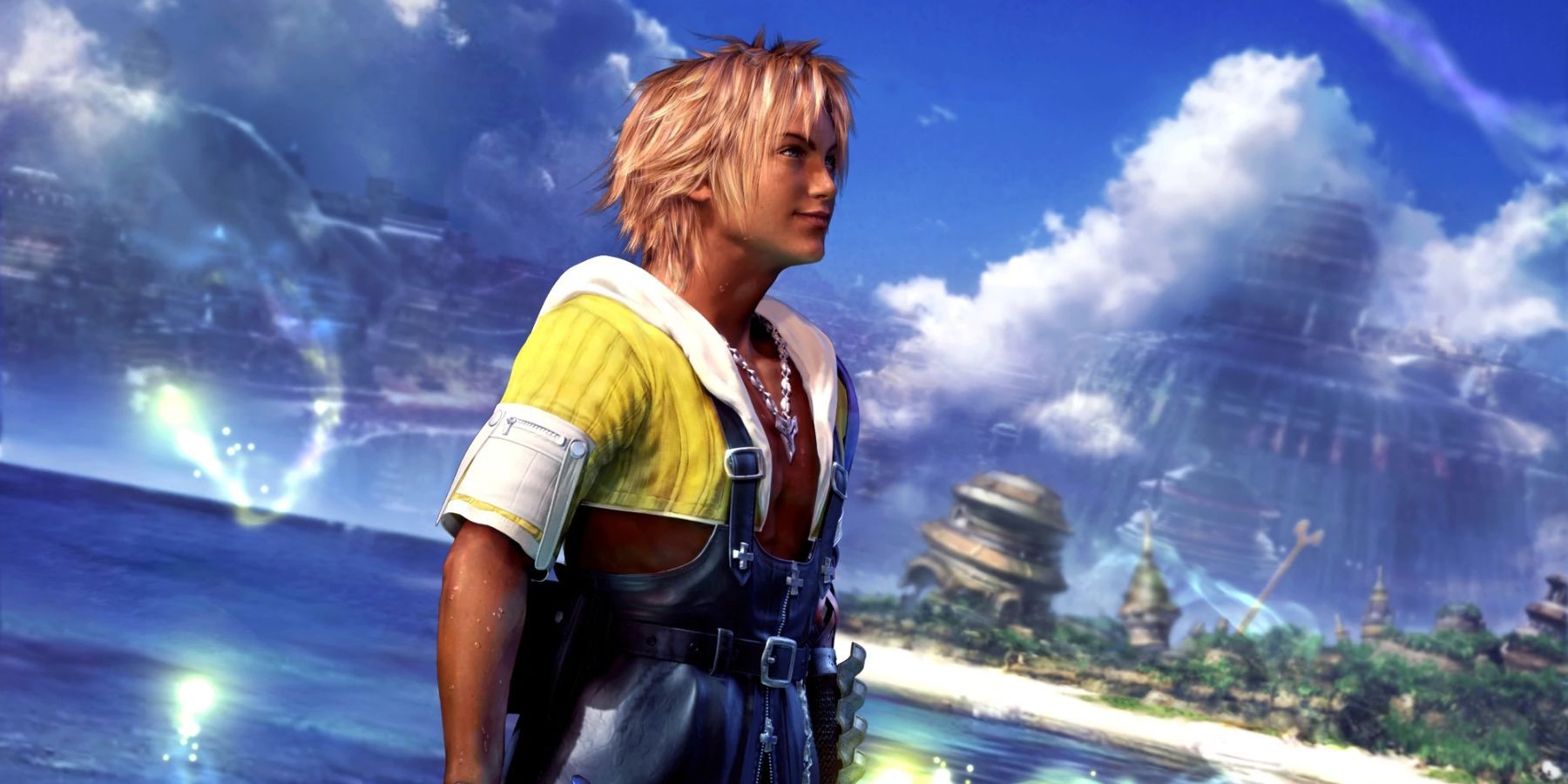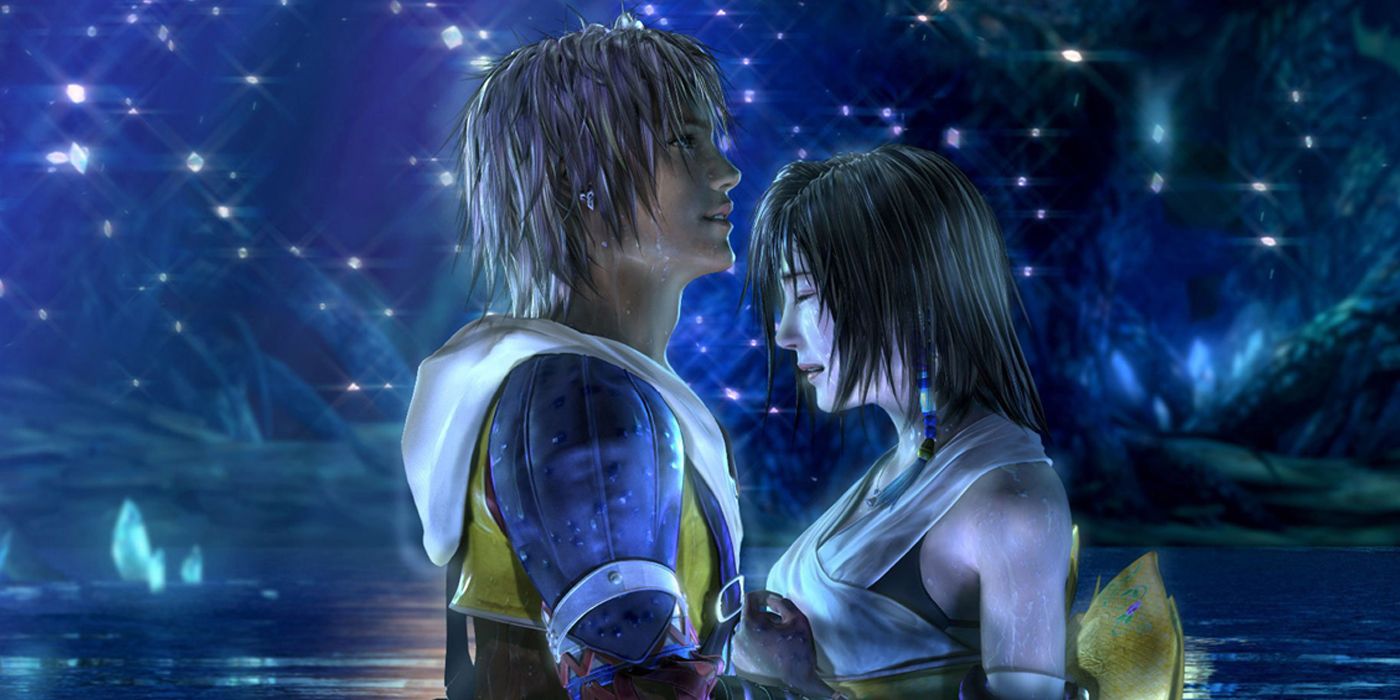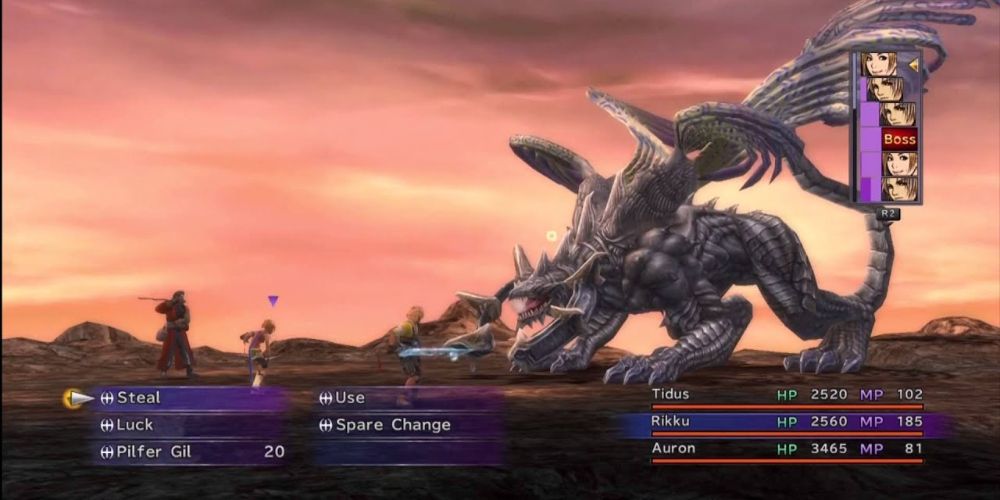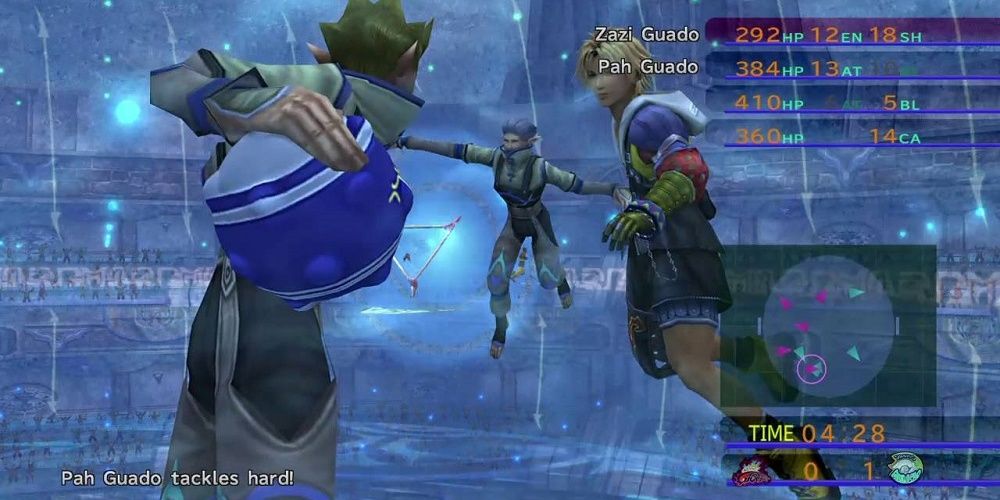Final Fantasy is the most iconic Japanese role-playing game franchise in the world. While the Square series sometimes loses out to its Enix counterpart Dragon Quest, Final Fantasy stands as the merged Square Enix’s flagship franchise. Many names and visual elements are instantly recognizable. Final Fantasy 7 in particular holds the honor of being one of the best-known titles in gaming, and holding multiple character slots in Super Smash Bros. Ultimate. However, its PS2 debut Final Fantasy 10 has also stood the test of time.
Everyone has the favorite entries, whether it’s the aforementioned 7, the highly acclaimed MMO 14, or the charming 9. Final Fantasy 10 has been kept relevant since 2001 thanks to it being the first numbered Final Fantasy to with a direct sequel, Final Fantasy 10-2. FF10 was also the first 3D game to get a major remaster, Final Fantasy 10/10-2 HD Remaster from 2013. That version was later ported to PC and modern consoles, serving as a reminder why Final Fantasy 10 is so highly regarded.
The Presentation of Final Fantasy 10 Broke New Ground
Final Fantasy 10 represented a lot of firsts. For the first time in the franchise, a Final Fantasy game had voice acting, with Japanese and English dubs being produced. Even minor characters of note had voiced dialogue in the field, which made a big impression on fans after Final Fantasy 9. The English dub is frequently mocked for its poor voice direction, but it turned out a lot better than many games of the era. Final Fantasy 10 set the golden standard for JRPG cutscenes in the PS2 era, and games with lower budgets had a hard time keeping up.
While Square Enix’s typical impressive CGI scenes were present, Final Fantasy 10 worked hard to bring the same level of presentation to in-game scenes. More camera angles were used than past FF games' static camera placements, and characters were more animated than ever. Motion capture and skeletal animation technology pushed the characters’ stylized but realistic appearances to the next level, and the almost entirely 3D environments look impressive to this day. The fusion of South Pacific, Thai, and Japanese iconography, combined with Tetsuya Nomura’s most complex character designs yet, created a game that looked like nothing else on the market.
Final Fantasy 10 was an Evolution of Turn-Based Combat
Not content to stop at giving fans something new to hear and see, Final Fantasy 10 set out to give them something new to play. Square crafted a new style of RPG gameplay based on past endeavors. Its Active Time Battle system was popular, but had been getting old after six mainline entries, so Square decided to revisit turn-based combat. The Conditional Turn-Based Battle system featured a dynamic turn order, and allowed for extra contextual actions depending on the fight. The full party could also get involved to exploit enemy weaknesses by switching in and out on the fly. With abilities and spells able to affect the visible turn order, fights were more dynamic than ever.
Character customization had also evolved. FF10 returned to Final Fantasy 2's lack of traditional leveling up, but did so more deliberately. Instead of experience, characters gained Ability Points they could use to move across the Sphere Grid for upgrades and abilities. The party shared FF10's Grid, meaning players could navigate over to another character’s section, turning anyone into a warrior, healer, or more. The Expert Sphere Grid included in re-releases has fewer nodes, but allows players to tune their party by starting every character in the Grid’s center. It was in-depth and proved to be a memorable combat system.
Other Ways Final Fantasy 10 Was Iconic
Final Fantasy 10 marked the first time iconic series composer Nobuo Uematsu collaborated with other musicians to fill out a Final Fantasy soundtrack. It was also the last mainline FF where Uematsu would take the lead in composing. This music contributes a lot to FF10’s memorability, even if players got sick of the main battle theme due to a high random encounter rate. If nothing else, it punctuated FF10's emotional and character-driven storytelling.
Other iconic elements Final Fantasy 10 introduced were Blitzball and unique summons. Blitzball is Final Fantasy 10’s primary mini-game, taking the form of an elaborate sports league. It’s not as popular as Triple Triad, but it’s a surprisingly built-out part of Final Fantasy 10 that later entries don’t have an equivalent to. Meanwhile, the Aeon summoning system was unique to Yuna. Mandatory and optional summons are obtained throughout the game, and each one replaces the entire party in combat. Prolonged playable summons were a radical concept, and fans loved FF10 for putting these beasts into their hands. For these reasons and more, Final Fantasy 10 will remain an important touchstone for years to come.
Final Fantasy 10/10-2 HD Remaster is available now on PC, PS3, PS4, PS Vita, Switch, and Xbox One.

